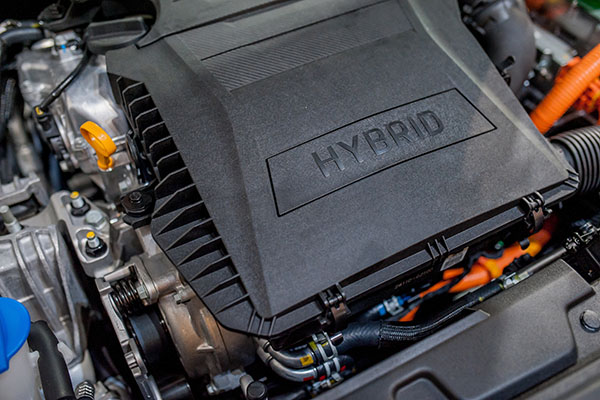
In today's world, the demand for eco-friendly and fuel-efficient transportation is on the rise. Hybrid vehicles have emerged as a popular solution, combining the benefits of both gasoline engines and electric motors. These innovative machines offer improved fuel economy, reduced emissions, and an overall greener driving experience. But have you ever wondered how hybrid vehicles work and what sets them apart from conventional cars? Let's dive into the fascinating world of hybrid technology and explore the inner workings of these cutting-edge vehicles.
The First Hybrid Vehicle: A Glimpse into the Past
To truly appreciate the advancements in hybrid technology, we must first acknowledge the humble beginnings of the first hybrid vehicle. The history of hybrid cars can be traced back to the late 19th century when Dr. Ferdinand Porsche developed the Lohner-Porsche Mixte Hybrid in 1900. This groundbreaking invention featured a gasoline engine powering a generator, which, in turn, supplied electricity to electric motors mounted within the wheel hubs. The Mixte Hybrid offered remarkable efficiency for its time, and although it didn't gain significant popularity, it laid the foundation for future hybrid endeavors.
How Hybrid Vehicles Work
Hybrid vehicles operate on a combination of an internal combustion engine (usually gasoline-powered) and one or more electric motors. The integration of these two power sources allows for optimal efficiency and performance. Here's a simplified breakdown of how hybrid vehicles work:
- Energy Generation: When you start a hybrid vehicle, the internal combustion engine comes to life. It serves two primary purposes: to propel the vehicle and generate electricity. As the engine runs, it powers a generator that produces electricity to charge the hybrid battery pack.
- Electric Motor Assistance: Hybrid vehicles utilize electric motors to supplement the power produced by the internal combustion engine. During low-speed driving or acceleration, the electric motor provides an extra boost of torque, enhancing performance and reducing fuel consumption.
- Power Management: The hybrid system relies on intelligent power management to determine the optimal balance between the gasoline engine and electric motor(s) based on driving conditions, battery charge level, and power demands. This dynamic control ensures optimal fuel economy and performance throughout the drive.
- Hybrid Battery: Hybrid vehicles incorporate a high-voltage battery pack to store and deliver electrical energy to power the electric motor(s). These batteries are typically designed for durability, longevity, and efficient energy storage.
Hybrid Vehicle Maintenance At Kamphaus Auto Care!
If you have noticed any issues with your hybrid vehicle, make sure to visit our shop if you are from Santa Monica, CA, or the surrounding area! Kamphaus Auto Care is here to help out with any car-related issues you might have.